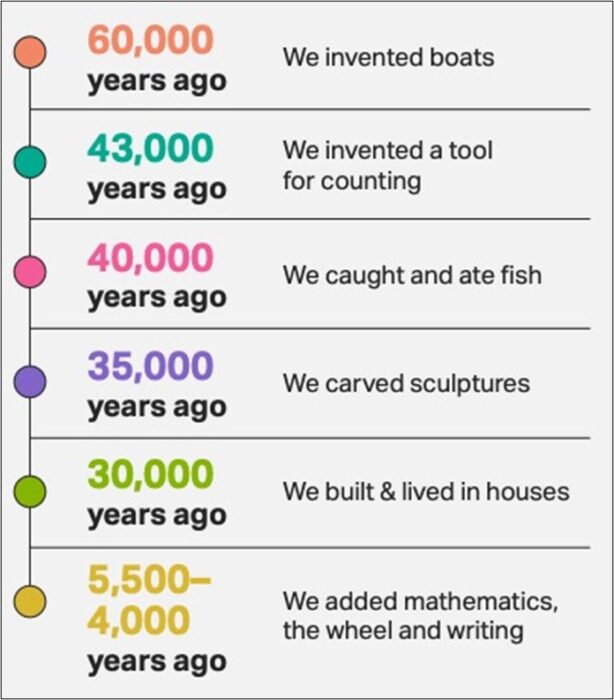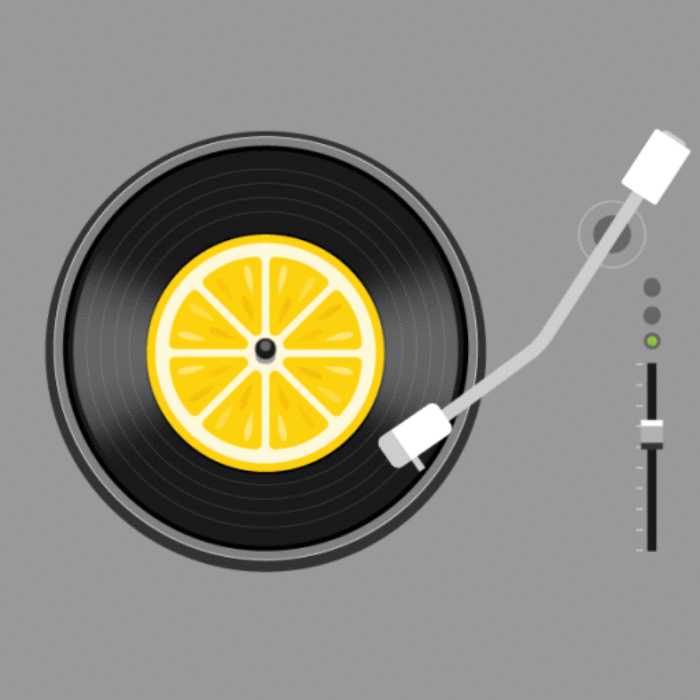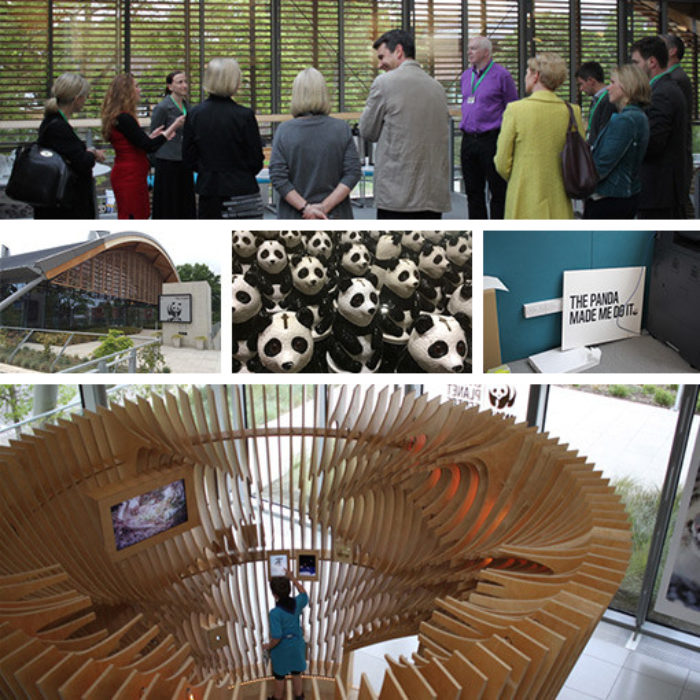Become an innovator: Collaborate
This blog series explores the shared characteristics of innovative people and organisations, with a particular focus on what innovators think, feel, believe and do. We’re also looking at how we can all do more to encourage and create innovative workplace cultures.
A key characteristic shared by all those with a spirit of innovation is simply to work together.
“Me, We.”
Muhammad Ali, with the shortest poem in the world
Millennia of collaboration
Over 60,000 years ago, humanity invented boats. At least 43,000 years ago, we invented a tool for counting. Over 40,000 years ago, we were able to catch and eat fish. And around then, we were adapting materials to make music.
At least 35,000 years ago, we carved sculptures. Around 30,000 years ago, we built and lived in homes. And, jumping ahead, between 5,500 and 4,000 years ago we added mathematics, the wheel and writing to our achievements.

None of this was the result of a single individual having a eureka moment.
Teamwork is the key to success
In the 20th century, a review of two million US patents issued since 1975 found that teams are dominant in all 36 patent classes.
The not-for-profit XPRIZE Foundation uses collaborative competitions to trigger innovation. In 2020, almost 1,000 teams from 76 countries competed for a million-dollar prize to reimagine surgical-grade masks to reduce the spread of viruses. Interestingly, the prize was only available to young innovators aged 15 to 24.
To write a hit pop song, the average number of accredited songwriters seems to be increasing. In 2018, the average number of songwriters for songs in the US top 10 was 9.1, with one accrediting 21 different writers! In 2016, according to Music Week magazine, the average for the top 100 was 4.53 writers. To create a song requires four key skills: lyric writing, melody writing, production and performance. It’s rare to find one individual who can do all four of these – collaboration is the key.
Everybody’s business
The Innovation Festival from Northumbrian Water is a great example of speed collaboration in action. The festival is geared towards young people from local schools, colleges and universities, and local businesses and organisations. Nearly 16,000 people have taken part since 2017, with support from 300 sponsors. Innovative projects are progressed using the five-day SPRINT model, and all the while, participants are surrounded by music, comedy, food and drink. The focus is way beyond water issues, attracting some of the world’s leading innovative businesses.
The private sector gets it. Collaborative alliances like joint ventures have increased from around 2% of corporate value in 1980 to over 25% today. Collaborative action on the world’s biggest social issues is also now routine. Action on the pandemic was truly global, crossing every sector and every community.
Collaboration is everybody’s business.
Learn more
This is one of a series of articles on the characteristics of innovative people and organisations. The next instalment is coming soon, but in the meantime, you can explore the full set, by downloading our free report Innovation for Everyone.
And if you want a chat about how to create a more innovative, collaborative culture in your organisation, just drop me a line at john.drummond@corporateculture.co.uk




